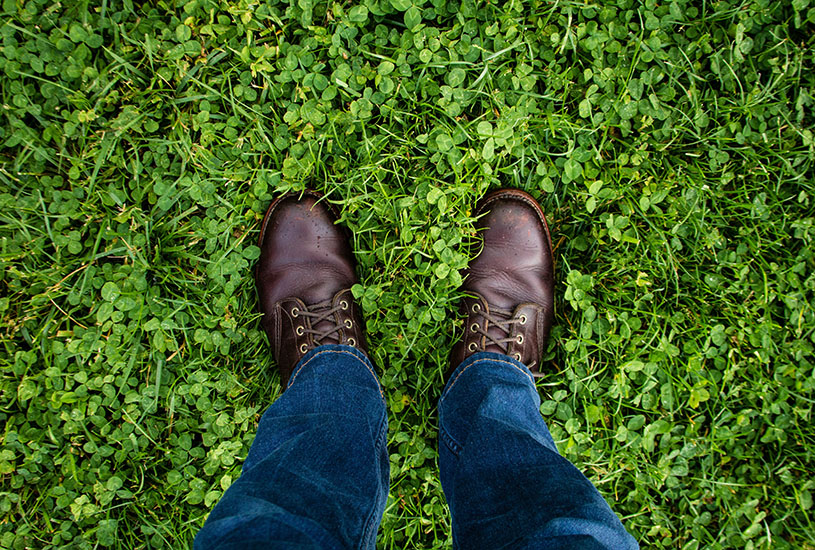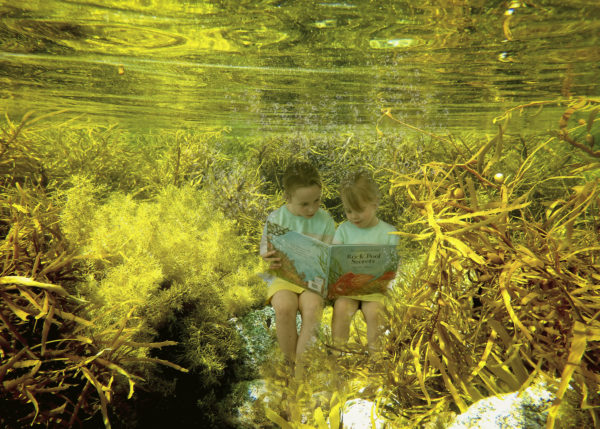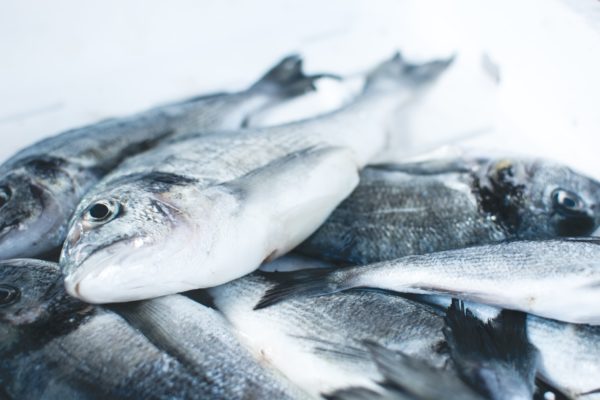Jeans are the world’s most popular clothing item, but they come with a hefty price tag for the planet.
More than 450 million pairs of denim jeans are sold globally each year and the retail jeans market is estimated to reach US$56 billion by next year.
On average, the life cycle of one pair of denim jeans produces over 30 kg of CO2 and uses around 3500 litres of water.
Now, researchers from Deakin University’s Institute for Frontier Materials have found a way to reduce the huge environmental impact of denim production.
Their unique process produces ultrafine particles from used denim, and then coats or prints the colour particles to create typical denim appearance.
Professor Xungai Wang, Dr Rangam Rajkhowa, Dr Nolene Byrne, Dr Christopher Hurren and Dr Rebecca Van Amber developed the “circular denim” idea as an entry into the Global Change Award, an initiative of the H&M Foundation that provides $1 million Euro seed funding to five winning teams that promote sustainable fashion.
In Stockholm, Sweden, the team was recently awarded $150,000 Euro to take their idea to industry.
The team was one of five winners, out of a total of 2885 entries from 130 countries, to share in the prize.
Team leader Prof Wang, who heads IFM and the ARC Future Fibres Hub, said denim was the single largest apparel item on the fashion market and that traditional denim production had serious environmental impacts.
“Denim recycling is a huge issue worldwide. Currently, old denim products are dumped in landfills, and dye run-off from denim production can pollute local water supplies,” he said.
Prof Wang said the key to the project’s success in improving the environmental sustainability of denim production came from the team’s unique ability to create ultrafine coloured particles from used textiles that can then be used as a dye.
[testimonial_text]Our previous work shows that these particles can take up dye under room temperatures. This significantly reduces the energy used to heat water under the conventional dyeing process.[/testimonial_text]
[testimonial_picture name=”Professor Xungai Wang” details=”IFM Director”]
 [/testimonial_picture]
[/testimonial_picture]“This process also allows dye to be reused, minimising water use and effluent discharge.”
Researcher Dr Chris Hurren added that very fine particles from one pair of jeans could be used to dye 10 new jeans.
“More than 200 litres of water goes into the colouring of a pair of jeans,” he said.
“The water becomes blue coloured waste water. If even a small percentage of jeans are dyed in the new way, the amount of water and energy saved would be incredible.”
Team member Dr Rajkhowa explained that IFM’s Circular Denim project would address the key issues in denim production, while creating new fashion effects for denim.
“This process is unique in that it not only recycles the fibres, but also the dye,” he said.
“If necessary, the colour of the fine particles can be enhanced or changed easily before the coating or printing process, providing new fashion opportunities for consumers.”
Prof Wang said the team had already developed a successful prototype and the Global Change Award grant would be used to scale up the idea and work with denim producers and fashion brands to explore its potential for the fashion industry and the environment.
“Our ‘circular denim’ approach is a completely new one, addressing both denim waste and new denim manufacturing at the same time,” he said.
“We believe it will have a lasting impact on both the environment and the global clothing market.”



